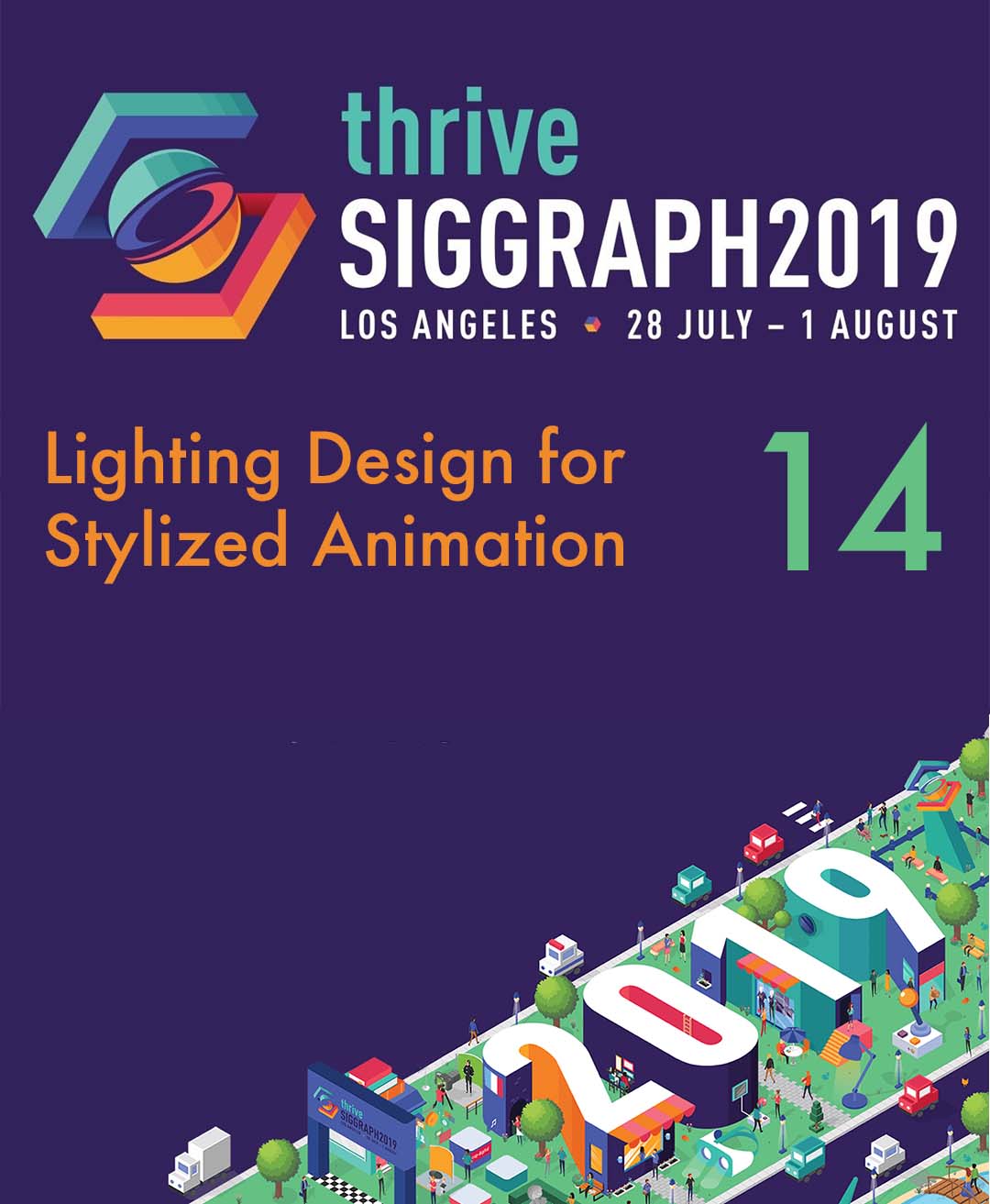“Lighting Design for Stylized Animation” by Walvoord
Conference:
Type(s):
Title:
- Lighting Design for Stylized Animation
Organizer(s):
Presenter(s)/Author(s):
Entry Number: 14
Abstract:
Description
The purpose of this course is to study how to construct a consistent lighting style for animation, as well as, the techniques used to achieve that style. The How to Train Your Dragon franchise and specifically How to Train Your Dragon: The Hidden World is used as a case study. None of the design principles presented here are specific to How to Train Your Dragon, they are basic design principles found in many films, both live action and animated. It is the choice of which design principles to use and how we combine and prioritize them that creates a unique style. The goal is to show that our choices are not random, but carefully constructed to serve a story and the vision of how it needs to be told. Using a single film, which is part of a larger franchise for this study provides two advantages. First, the key to consistent style is making consistent choices. By using a single film we are able to dive deeper into the choices and their motivations and also build a stronger case for demonstrating consistency. Second, having access to before and after examples provides a much clearer visual example of the principles being employed, why they are chosen and then finishing with the mechanics of how they are actually achieved.
How to Train Your Dragon: The Hidden World in that order, they might be surprised that the three films all look so different. However, across all three films, the design principles are consistent. It is the execution of those design principles that increasingly gains sophistication as technology greatly improves and the show’s creative leadership learns to embrace and lean into the aspects of Dragon design that are most unique to it as an animated film over a decade of production.
Additional Information:
Production & Animation





